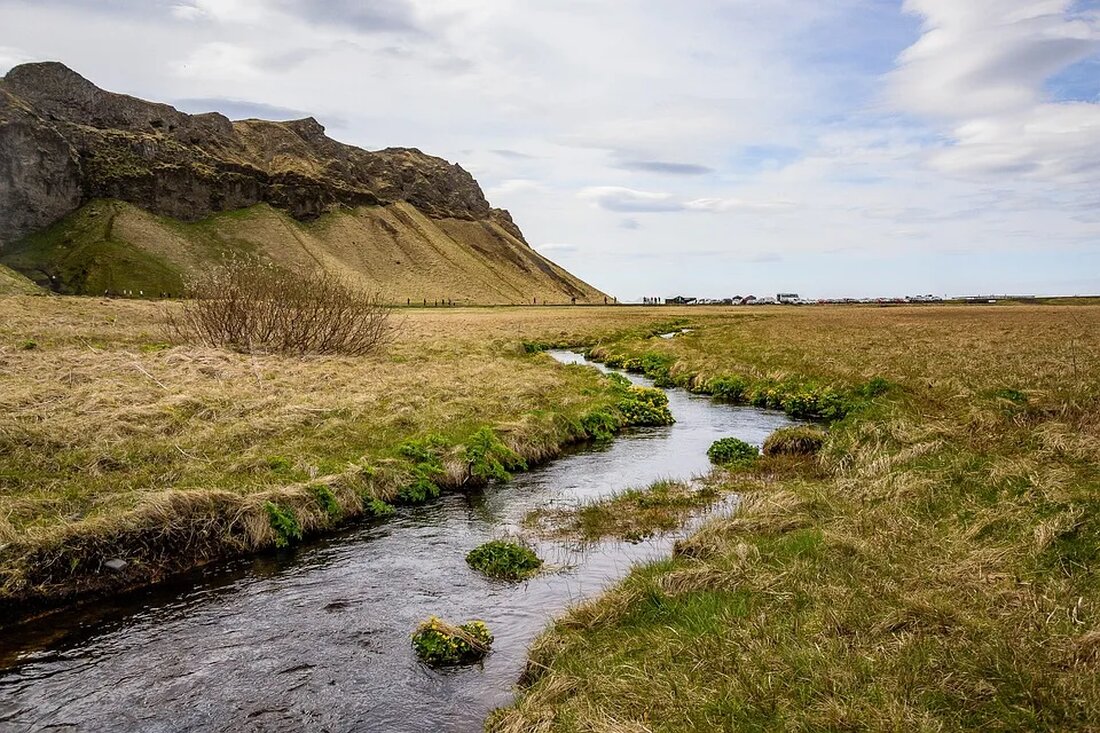Tundra and Permafrost: A Critical Look
Introduction to the Tundra and Permafrost The tundra and permafrost represent significant aspects of the world's ecosystem, adapted to the harshest environmental conditions on the planet. Both play a critical role in global climate change and have undergone levels of change under human influence that are affecting not only ecosystems but also human society. What is the tundra? Tundra, a Finnish word meaning "treeless plain," describes a seemingly endless and barren landscape with no trees and little vegetation. It is found in the polar regions of the world and is...

Tundra and Permafrost: A Critical Look
Introduction to the tundra and permafrost
The tundra and permafrost represent significant aspects of the world's ecosystem, adapted to the harshest environmental conditions on the planet. Both play a critical role in global climate change and have undergone levels of change under human influence that are affecting not only ecosystems but also human society.
What is the tundra?
Tundra, a Finnish word meaning "treeless plain," describes a seemingly endless and barren landscape with no trees and little vegetation. It is found in the polar regions of the world and is essentially divided into three types: the Arctic, Alpine and Antarctic tundra.
The Arctic Tundra
The Arctic tundra is located near the North Pole and covers large parts of Canada, Russia, Greenland and Scandinavia. The average temperatures here vary from -30 degrees Celsius in winter to +10 degrees Celsius in summer. The vegetation consists mainly of mosses, lichens and grasses that are adapted to the extreme climatic conditions.
The Alpine Tundra
Alpine tundra occurs on high mountains around the world. Despite the lower latitudes, conditions are similar to the Arctic tundra, with barren soil, cold temperatures and strong winds. The vegetation here consists of resilient grasses and small bushes.
The Antarctic Tundra
The Antarctic tundra develops in parts of Antarctica and on some surrounding islands and is dominated by mosses and lichens, which gratefully use any source of nutrients in extreme conditions.
What is permafrost?
The word “permafrost” comes from English and means “permanent frost”. It refers to soils that remain frozen for at least two consecutive years.
Permafrost areas cover approximately 24% of the Northern Hemisphere's exposed surface and are found primarily in the Arctic, parts of Antarctica, and high mountains. They contain huge amounts of frozen carbon and therefore play a crucial role in the Earth's carbon cycle and global climate change.
The importance of tundra and permafrost
The tundra and permafrost are by no means dead and unimportant landscapes. They play a central role in regulating the global climate and are home to a wide variety of animal species, from rodents and insects to large mammals such as caribou, wolves and polar bears.
Permafrost stores huge amounts of carbon, about twice as much as is currently in the atmosphere. When this permafrost thaws, the stored carbon is released in the form of carbon dioxide and methane, two powerful greenhouse gases that contribute to global warming.
The thawing of permafrost
There is growing evidence that permafrost is increasingly thawing due to global warming. This leads to the release of stored greenhouse gases, which in turn further accelerates global warming.
In addition to the climatic effects, the thawing of permafrost also leads to significant changes in the landscape. As the US Geological Survey notes, thawing permafrost in tundra areas can cause subsidence and collapse, endangering infrastructure such as roads and buildings. It can also alter lakes and rivers and disrupt their ecosystems.
Impact on wildlife
The effects of global climate change on the tundra and permafrost are also devastating for the animal species that live there. Traditional migratory paths of caribou and reindeer are being disrupted by thawing permafrost and the resulting changing landscape, which may affect the survival of these animals. The melting ice is also an enormous threat to the polar bear, which lives in parts of the tundra.
Conclusion: A critical look at the tundra and permafrost
For many, the tundra and permafrost are distant and inaccessible places. But they are an integral part of the global ecosystem and play a crucial role in regulating the climate.
Ongoing climate change and the thawing of permafrost pose a serious threat to the planet. Not only are large amounts of greenhouse gases being released, accelerating global warming, but they are also affecting local flora and fauna and posing a significant threat to the traditional ways of life of indigenous populations.
There is an urgent need to understand and address these changes to ensure the health of our planet and the continued existence of tundra and permafrost ecosystems. Ultimately, the health of the planet depends on the health of each of its landscapes, and the tundra and permafrost are no exceptions.

 Suche
Suche
 Mein Konto
Mein Konto
